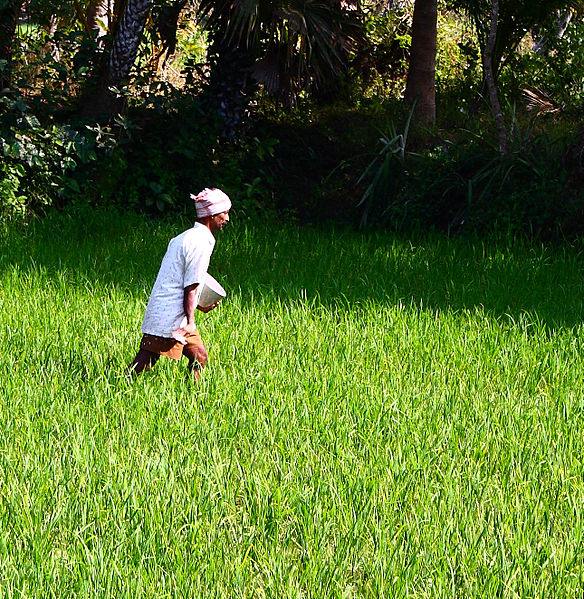News Highlight
The Union Ministry of Chemicals and Fertilisers is planning to launch a scheme called PM PRANAM.
Key Takeaways
- With the aim to reduce the use of chemical fertilisers in agriculture, the Centre plans to launch a scheme called the PM Promotion of Alternate Nutrients for Agriculture Management Yojana or PM PRANAM, which will incentivise the states.
Fertiliser
- A fertiliser is a chemical product, either mined or manufactured material containing one or more essential plant nutrients that are immediately or potentially available in sufficiently good amounts.
Fertiliser usage in India
- India is the 2nd largest consumer of Urea fertilisers after China.
- India also ranks 2nd in the production of nitrogenous fertilisers and 3rd in phosphatic fertilisers.
- Potash requirement is met through imports since we have limited reserves of potash. Productions are largely state-controlled.
- Fertiliser provided the cradle in which the High Yielding Variety seeds and assured irrigation flourished in the form of the green revolution, mitigating the ever-multiplying problem of food security in India.
Fertiliser Subsidy
- The government-subsidised fertiliser producers to make this critical ingredient in agriculture affordable to farmers.
- This allows farmers to buy fertilisers at below-market rates.
- The difference between the cost of production/import of fertiliser and the amount paid by farmers is the subsidy portion the government bears.
- Subsidy on Urea:
- The Centre pays subsidies on urea to fertiliser manufacturers based on the cost of production at each plant, and the units are required to sell the fertiliser at the government-set Maximum Retail Price (MRP).
- Subsidy on Non-Urea Fertilisers:
- The MRPs of non-urea fertilisers are decontrolled or fixed by the companies.
- The Centre, however, pays a flat per-tonne subsidy on these nutrients to ensure they are priced at “reasonable levels”.
PM PRANAM Scheme
- The scheme will not have a separate budget and will be financed by saving existing fertiliser subsidies under schemes run by the Fertiliser Department.
- 50% of subsidy savings will be passed on to the state that saves the money as a grant.
- 70% of the grant disbursed under the scheme can be used to create assets related to technology adoption of alternative fertilisers and creation of alternative fertiliser production units at village block and district levels.
- The remaining 30% of the grant amount can be used to promote and encourage farmers, panchayats, farmer producer organisations and self-help groups involved in manure reduction and awareness.
- To clarify the calculation of reduction in fertiliser use, the increase and decrease in urea consumption of a state in a year is compared with the average consumption of urea in the last three years.
- Information from iFMS (Integrated Fertilisers Management System), a dashboard of the Ministry of Fertilisers, will be used for this.
Necessity of the Scheme
- Increase in fertiliser usage
- Urea, MOP (Muriate of potash), DAP (Di-ammonium Phosphate) and NPK (Nitrogen, Phosphorus and Potassium) — rose 21% from 528.86 lakh metric tonnes in 2017-18 to 640.27 lakh metric tonnes (LMT) in 2021-22.
- DAP had recorded a maximum increase of 25.44% from 98.77 LMT in 2017-18 to 123.9 LMT in 2021-22.
- The most-used chemical fertiliser in India is urea, which recorded an increase of 19.64 percent from 298 LMT in 2017-18 to 356.53 in 2021-22.
- Cushioning the farmers from price rise:
- By giving fertiliser subsidies, the government provides a cushion to farmers against any price rise in future.
- Boost production:
- Due to the fertiliser subsidy, the production also rises as the farmers then grow the crops with the same amount of investment they put in earlier.
Content Source: The Hindu
Pic Courtesy: freepik



